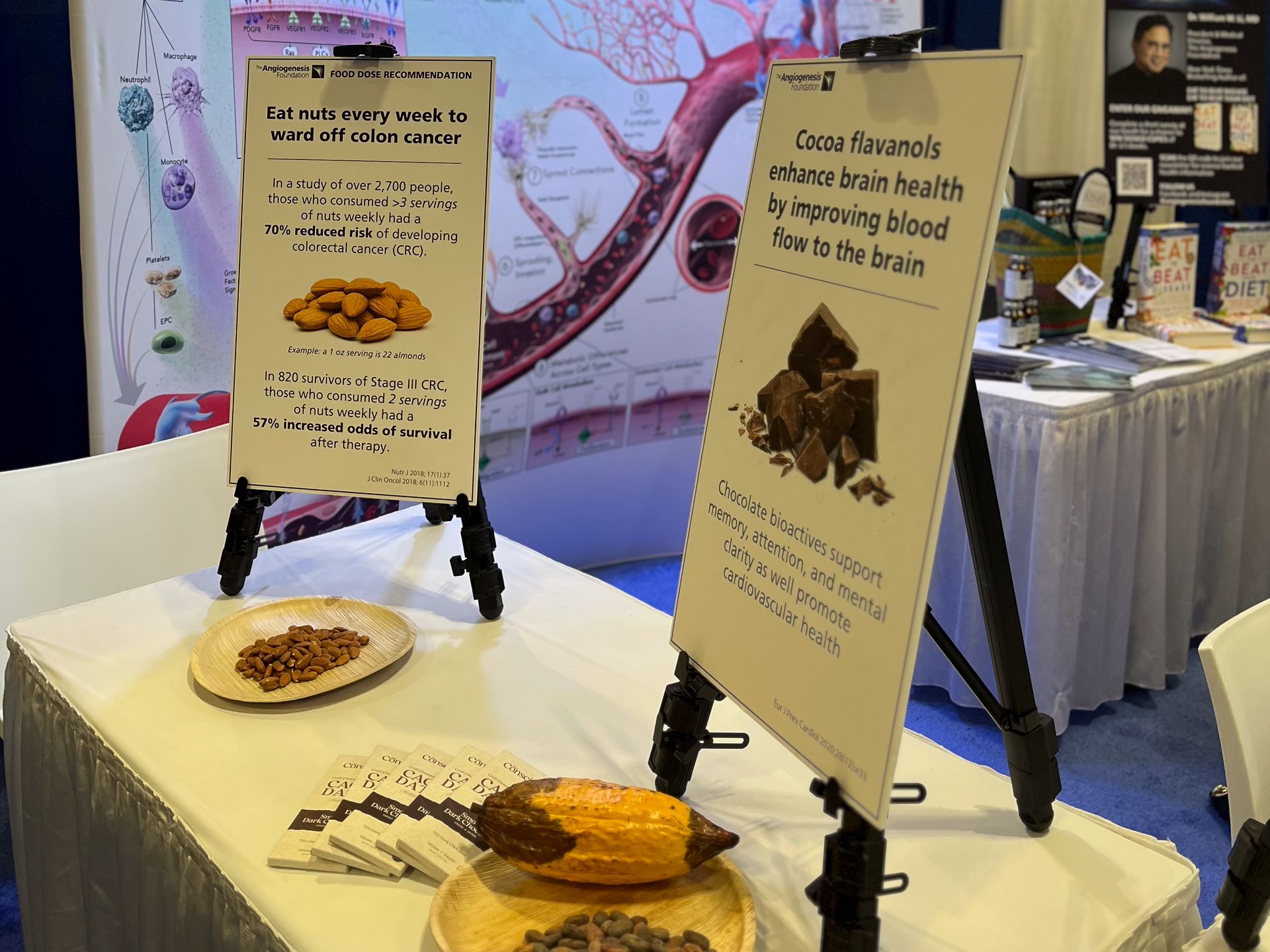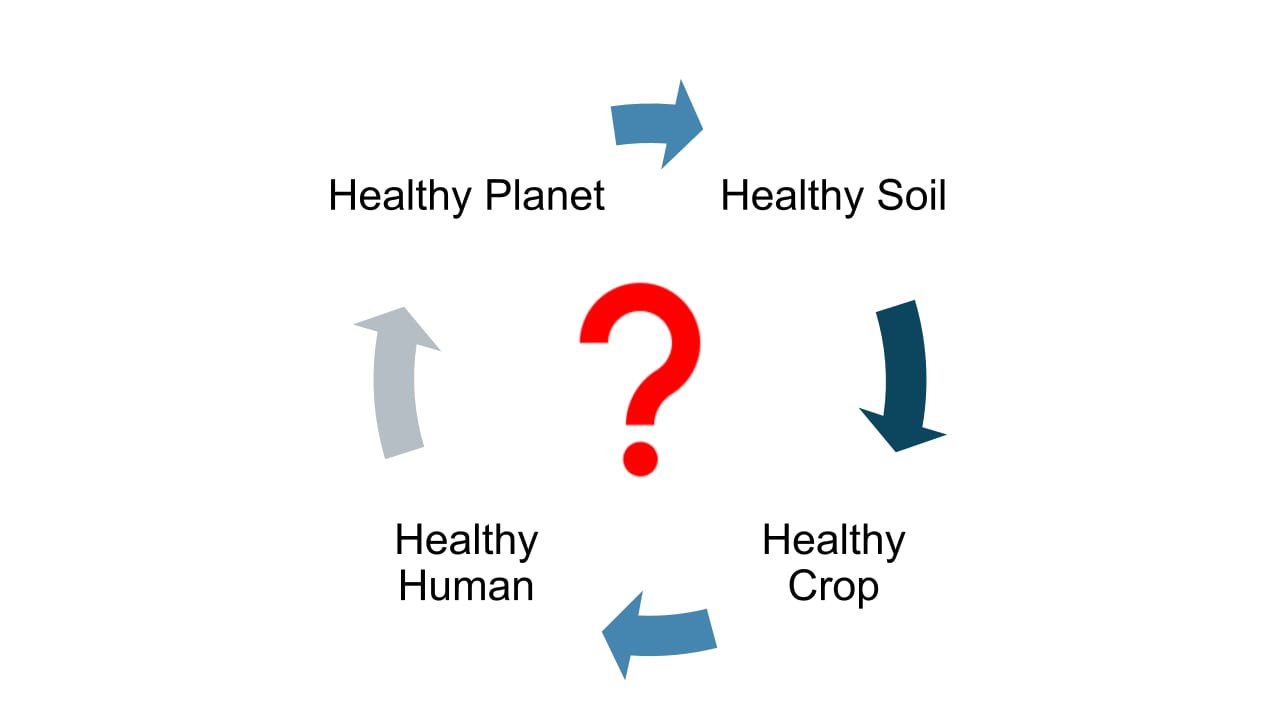- The Angiogenesis Foundation Newsletter
- Posts
- Connecting Science and Nutrition at FNCE 2025
Connecting Science and Nutrition at FNCE 2025

Hello there,
Connecting Science and Nutrition at FNCE 2025
This month, the Angiogenesis Foundation team attended the Food & Nutrition Conference & Expo (FNCE), one of the nation’s largest gatherings of registered dietitians, nutrition scientists, and health professionals.
For us, FNCE is more than a conference, it’s a chance to connect the dots between cutting-edge research and real-world nutrition. Our mission has always been to advance the science of health defense—helping people understand how foods and natural compounds can support the body’s ability to heal, regenerate, and thrive.
It’s a vision rooted in Dr. William Li’s story, as a physician-scientist who has dedicated his career to studying how what we eat influences angiogenesis, metabolism, and immunity.

Bringing “Food as Medicine” to Life
We shared how the Foundation’s research translates into tools for clinicians, researchers, and the public alike. Visitors stopped by to learn about our current studies, new educational resources, and ways to get involved in our mission to make evidence-based nutrition accessible to everyone.
We also showcased products from our partners: AHCC®, a compound derived from shiitake mushrooms and studied for immune health, and Pulsetto, a wearable device designed to help manage stress through vagus nerve stimulation.
And of course, Dr. Li’s bestselling books, Eat to Beat Disease and Eat to Beat Your Diet, were part of the conversation, offering visitors a deeper look at how everyday foods can activate the body’s health defense systems.

Regenerative Agriculture and Nutrition
At FNCE, Dr. Guirette shared an exciting preview of the Foundation’s ongoing collaboration with The Chef’s Garden, a pioneering regenerative farm in Ohio.
In this study, we analyzed seventeen types of vegetables and found notable differences in antioxidant capacity, not only between vegetables but also between varieties of the same vegetable.
For example, shiso had the highest measured levels, while certain beet varieties showed antioxidant capacities up to six times greater than others. Even within the same vegetable, we observed variation: carrot greens had higher antioxidant capacity than the carrot taproot.

While the full results are still under review, these early findings suggest that the way we grow our food may directly affect its potential to support human health.
This research reflects a growing area of interest for the Foundation: understanding how soil, farming, and nutrition intersect to create foods that are both flavorful and deeply nourishing.
It’s one more way we’re working to connect the science of health defense with the future of sustainable, nutrient-rich agriculture.
Small Moments, Big Impact
One of the highlights of FNCE was hearing how our work continues to inspire healthcare professionals, from students discovering the “food as medicine” movement for the first time, to practitioners eager to bring the science into their own practices.
We left energized by the enthusiasm and shared commitment to advancing nutrition science for better health.
If you attended FNCE and missed us this year, we look forward to seeing you at future events as we continue to share the science, stories, and partnerships shaping the future of food and health.
Stay connected with us to receive the latest on evidence-based research, advancements in healthcare, and practical tips.
Best wishes,
- The Angiogenesis Foundation
P.S. Like what you’re reading? Support our mission to advance research and share science-backed health insights.
Make a donation to the Angiogenesis Foundation today.